The Amazon River in South America is the largest river by discharge volume of water in the world, and by some definitions it is the longest while others consider the Nile as the longest.
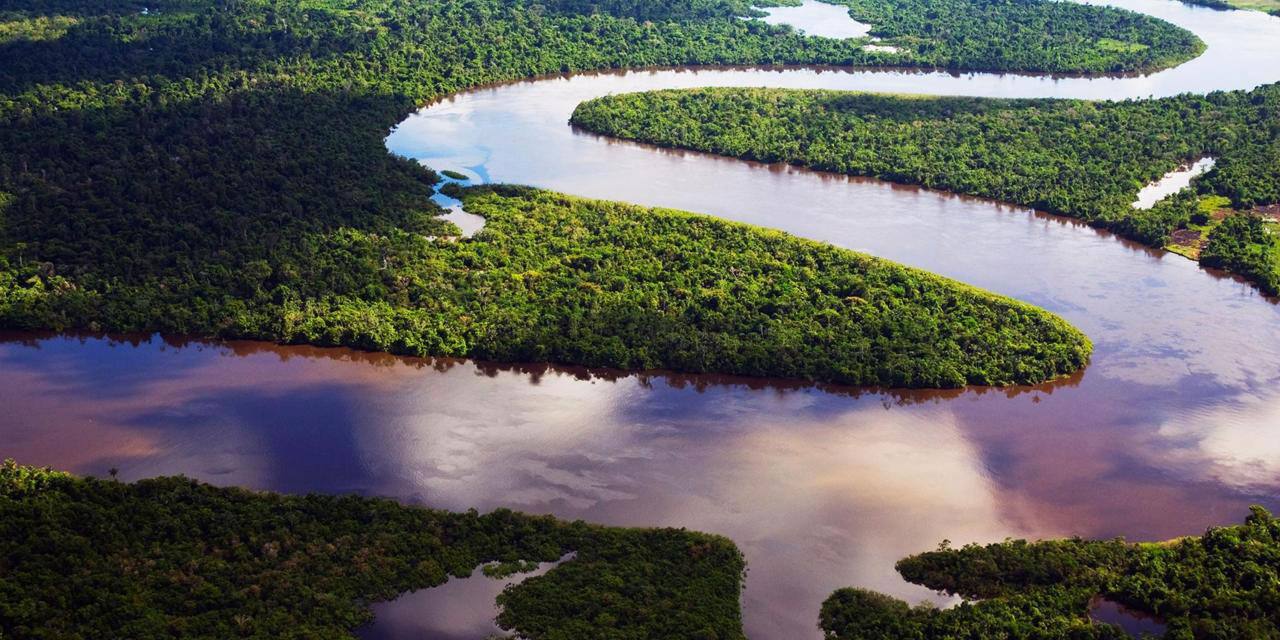
The headwaters of the Apurímac River on Nevado Mismi had been considered for nearly a century as the Amazon's most distant source, until a 2014 study found it to be the headwaters of the Mantaro River on the Cordillera Rumi Cruz in Peru.
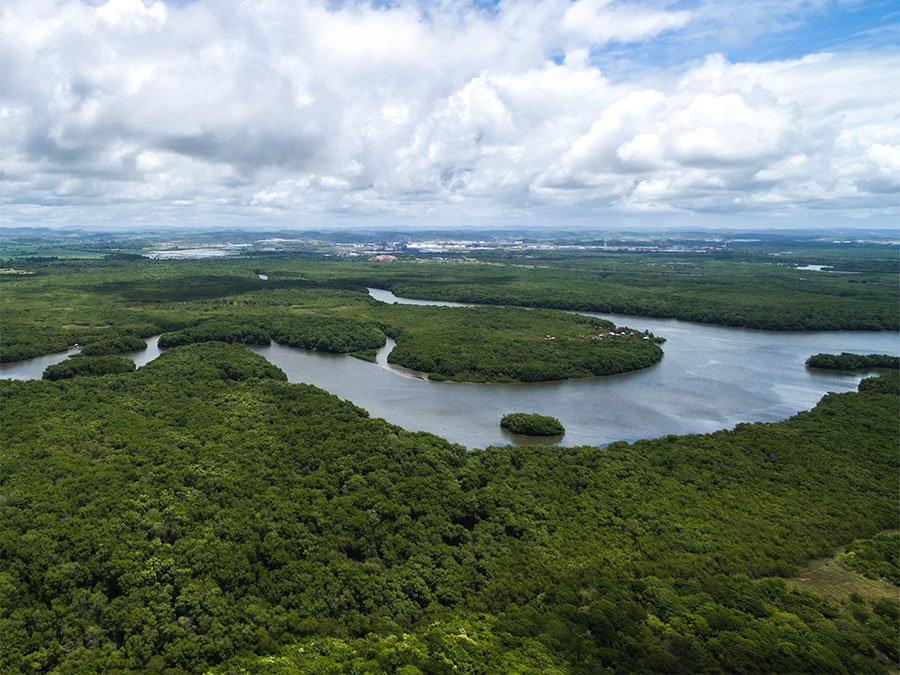
The Mantaro and Apurímac join, and with other tributaries form the Ucayali River, which in turn meets the Marañón River upstream of Iquitos, Peru, to form what countries other than Brazil consider to be the main stem of the Amazon.
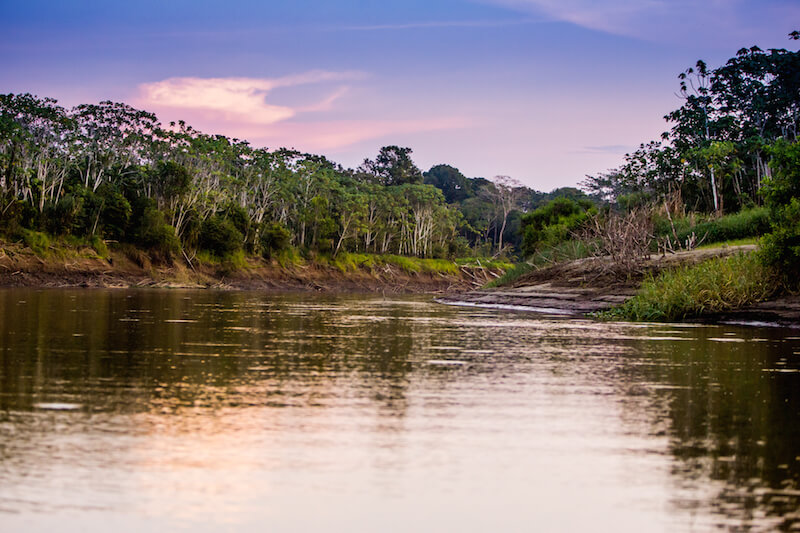
Brazilians call this section the Solimões River above its confluence with the Rio Negro to form what Brazilians call the Amazon at the Meeting of Waters at Manaus, the largest city on the river.
At an average discharge of about 209,000 cubic metres per second (7,400,000 cu ft/s; 209,000,000 L/s; 55,000,000 USgal/s)—approximately 6,591 cubic kilometres per annum (1,581 cu mi/a), greater than the next seven largest independent rivers combined—the Amazon represents 20% of the global riverine discharge to the ocean.
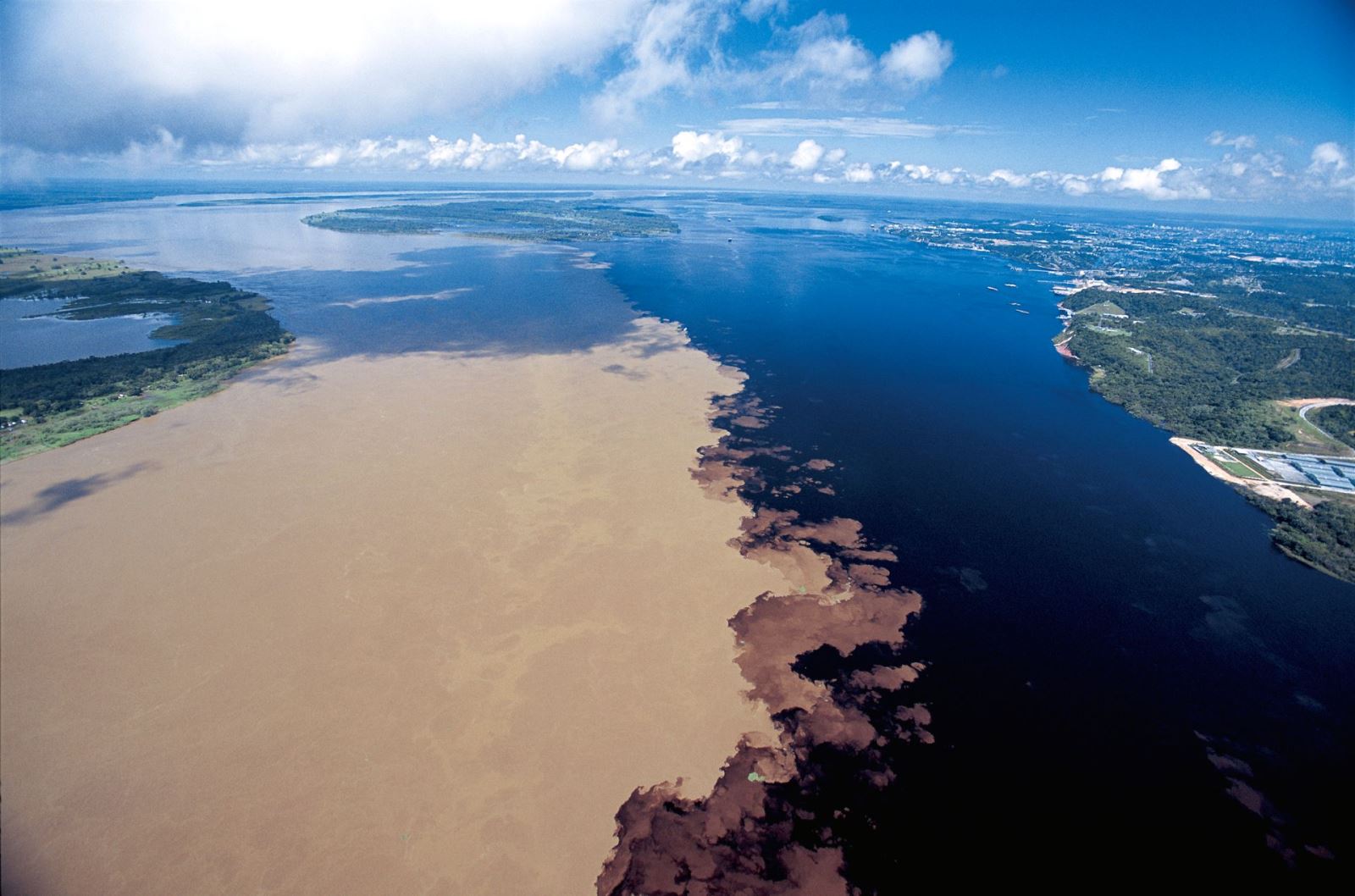
The Amazon basin is the largest drainage basin in the world, with an area of approximately 7,050,000 square kilometres (2,720,000 sq mi). The portion of the river's drainage basin in Brazil alone is larger than any other river's basin.
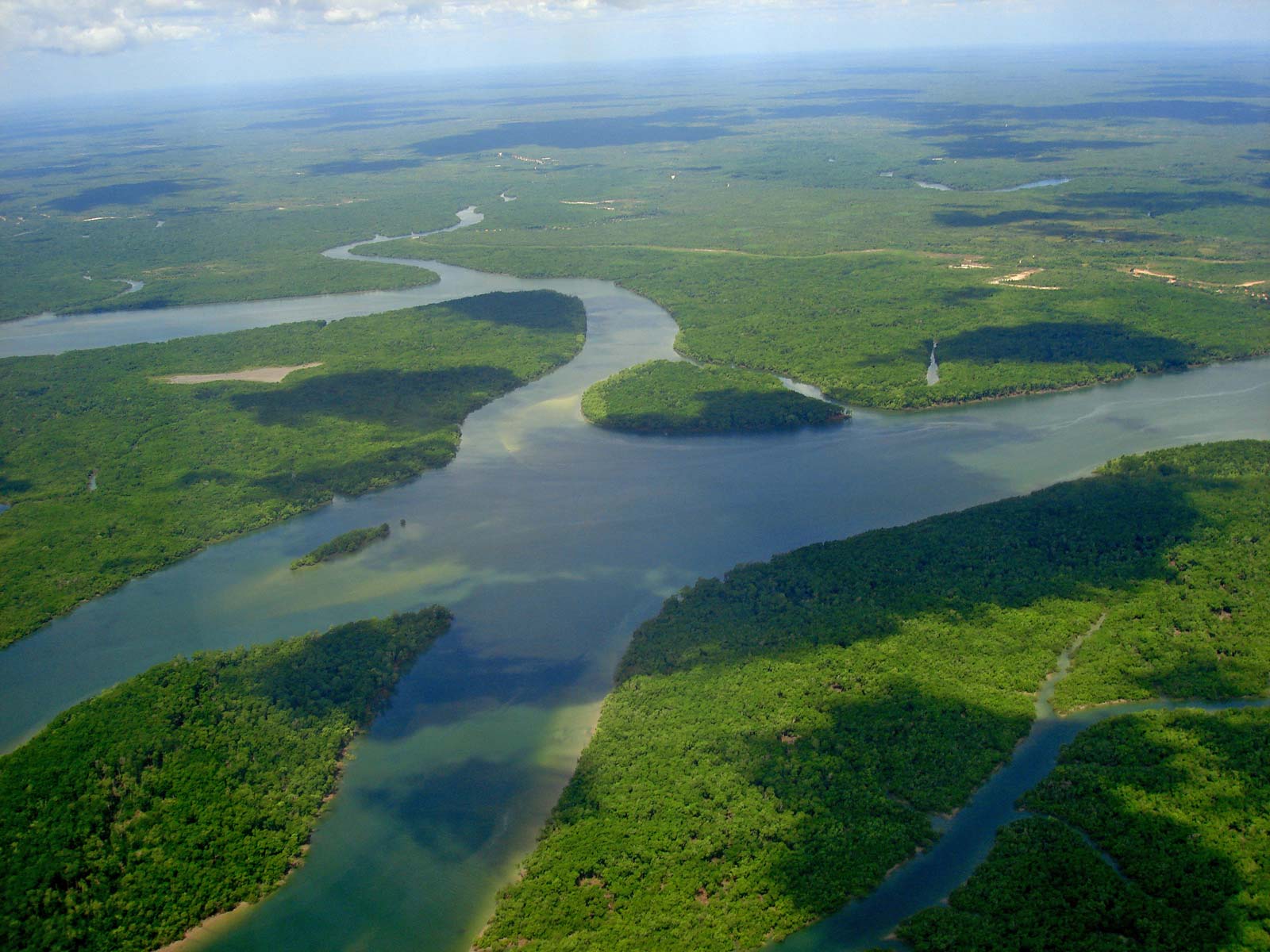
The Amazon enters Brazil with only one-fifth of the flow it finally discharges into the Atlantic Ocean, yet already has a greater flow at this point than the discharge of any other river.
According to en.wikipedia











